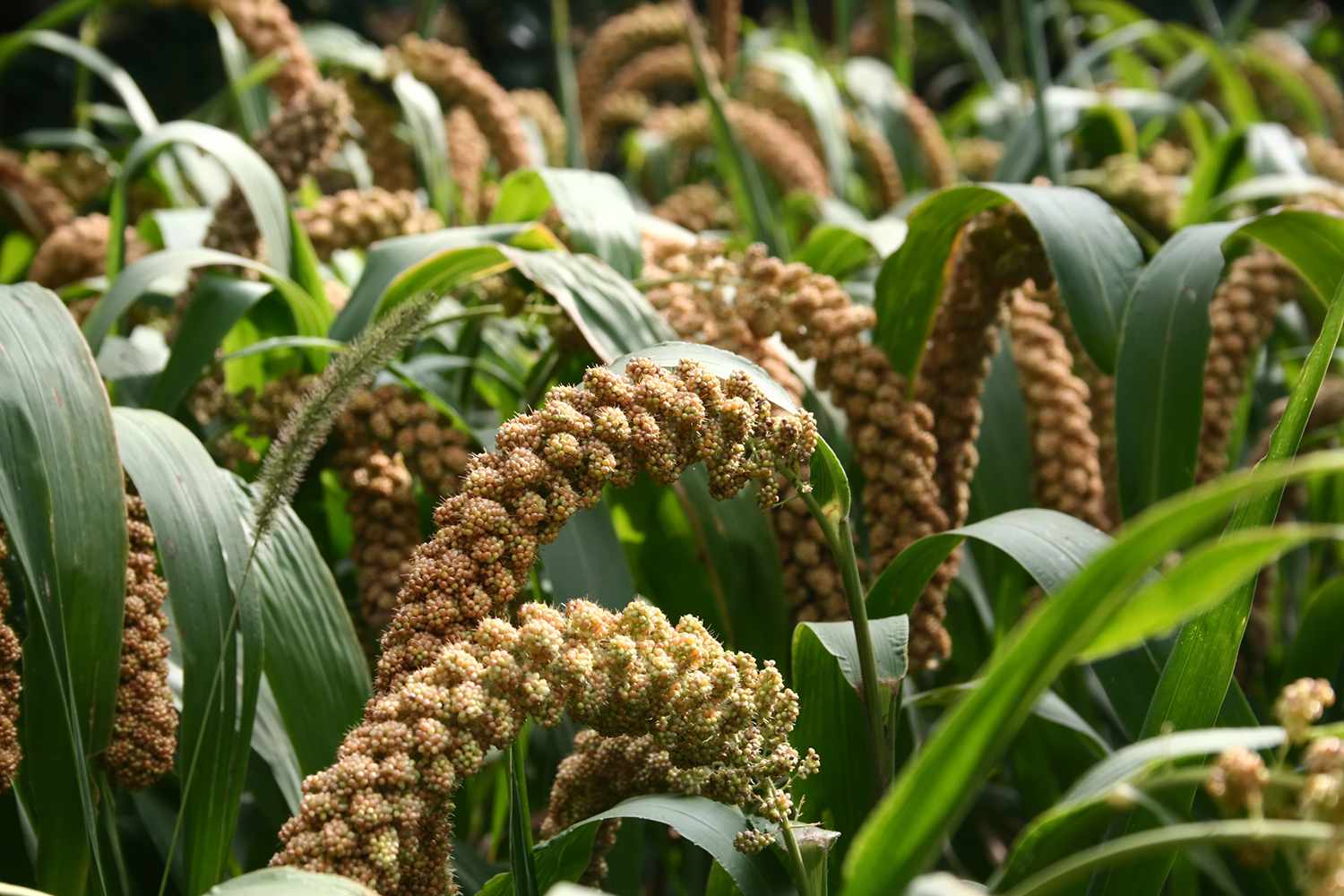
Millet is a versatile and nutritious grain that has been consumed by humans for thousands of years. It is packed with essential nutrients and offers a multitude of health benefits. In recent years, millet has gained popularity as a gluten-free and eco-friendly alternative to other grains.
Originally cultivated in Africa and Asia, millet has now become a staple crop in many parts of the world. It is known for its hardy nature, able to grow in even the most challenging conditions. Millet is not only used as a staple grain, but it also finds its way into various culinary dishes, such as bread, porridge, and even beer.
In this article, we will explore 18 fascinating facts about millet, shedding light on its nutritional composition, historical significance, culinary uses, and the potential health benefits it offers. So, let’s dive in and discover why millet deserves a prominent place in our diets!
Key Takeaways:
- Millet is a versatile, nutritious, and gluten-free grain that can be used in various sweet and savory recipes, making it a valuable addition to any diet.
- Millet is an environmentally friendly, high-yielding crop with a long shelf life, making it a convenient and sustainable pantry staple for everyone.
Millet is a versatile grain.
Millet is a nutritious, gluten-free grain that can be used in various culinary preparations.
Millet is one of the oldest cultivated crops.
Historical records show that millet has been cultivated as a staple food for thousands of years.
Millet comes in different varieties.
There are several types of millet, including pearl millet, foxtail millet, proso millet, and finger millet.
Millet is highly nutritious.
Millet is rich in essential nutrients such as fiber, magnesium, and antioxidants.
Millet is a good source of protein.
Compared to other grains, millet contains a higher protein content, making it a valuable addition to a vegetarian or vegan diet.
Millet is gluten-free.
For individuals with gluten intolerance or celiac disease, millet is an excellent alternative to wheat and other gluten-containing grains.
Millet is easy to digest.
Due to its high fiber content, millet aids digestion and promotes gut health.
Millet is used in various cuisines around the world.
From traditional African dishes to Indian flatbreads, millet is a staple ingredient in many global cuisines.
Millet can be used in both sweet and savory recipes.
It can be prepared as porridge, used in salads, added to soups, or ground into flour for baking.
Millet is an excellent grain for weight loss.
Millet has a low glycemic index and high fiber content, making it a satisfying and nutritious choice for those looking to shed pounds.
Millet can help regulate blood sugar levels.
Its complex carbohydrates are slowly digested, preventing spikes in blood sugar levels.
Millet is a great source of antioxidants.
Antioxidants present in millet help combat oxidative stress and protect against chronic diseases.
Millet can be used as a rice substitute.
Millet grains can be cooked and enjoyed in a similar way to rice, providing a nutritious alternative.
Millet is environmentally friendly.
As a drought-resistant crop, millet requires less water and resources compared to other grains.
Millet is a crop with high yields.
Even in harsh growing conditions, millet can produce abundant harvests, making it an essential food source in developing countries.
Millet can be incorporated into gluten-free baking.
Millet flour can be used in gluten-free recipes to make bread, muffins, and other baked goods.
Millet can be popped like popcorn.
Heating millet kernels in a pan can cause them to puff up and resemble popcorn, offering a healthy and flavorful snack alternative.
Millet has a long shelf life.
Millet can be stored for extended periods without losing its nutritional value, making it a convenient pantry staple.
Conclusion
Millet is a versatile and nutritious grain that has been cultivated and consumed for centuries. It offers numerous health benefits, including high fiber content, gluten-free properties, and a rich nutrient profile. With its wide range of culinary uses and easy-to-digest nature, millet is a fantastic addition to any diet.
Whether you enjoy it as a base for savory dishes, use it in baked goods, or incorporate it into your breakfast routine, millet is sure to satisfy your taste buds and nourish your body. So why not give this ancient grain a try and explore its incredible flavors and health benefits? Incorporating millet into your diet can bring a whole new level of diversity and balance to your meals.
FAQs
1. What is millet?
Millet is a small-seeded cereal grain that is widely grown and consumed around the world. It comes in various forms, such as pearl millet, foxtail millet, finger millet, and more. Millet is known for its nutritional value and versatility in cooking.
2. Is millet gluten-free?
Yes, millet is naturally gluten-free, making it an excellent option for individuals with gluten sensitivities or celiac disease. It can be a suitable substitute for wheat or other gluten-containing grains.
3. How do I cook millet?
To cook millet, you can start by rinsing it under cold water to remove any impurities. Then, add one part millet to two parts water and bring it to a boil. Once boiling, reduce the heat, cover, and let it simmer for about 15-20 minutes until the grains are fluffy and tender.
4. What are the health benefits of millet?
Millet is packed with essential nutrients, including fiber, protein, magnesium, phosphorus, and B vitamins. It has been associated with various health benefits, such as improved digestion, lowered cholesterol levels, and reduced risk of chronic diseases.
5. How can I incorporate millet into my diet?
There are numerous ways to enjoy millet in your daily meals. You can use it as a substitute for rice or quinoa, add it to soups or stews, make delicious millet porridge for breakfast, or even use it in baked goods like muffins or bread.
6. Is millet suitable for weight loss?
Millet can be a great addition to a weight loss diet due to its high fiber content and low glycemic index. It helps keep you fuller for longer, regulates blood sugar levels, and promotes healthy digestion, all of which can aid in weight management.
7. Can millet be consumed by people with diabetes?
Yes, millet is considered a diabetic-friendly grain due to its low glycemic index. It causes a slower and more gradual rise in blood sugar levels compared to refined grains, making it a suitable option for people with diabetes when consumed in moderation.
8. Is millet safe for individuals with nut allergies?
Yes, millet is a safe option for individuals with nut allergies as it is not related to tree nuts or peanuts. It can be used as a nut-free alternative in cooking and baking.
Millet's impressive nutritional profile and culinary versatility make it a fantastic choice for those seeking healthy eating options. Its gluten-free nature also makes it an attractive option for vegetarian diets. Millet's role in agriculture is significant, as it thrives in various climates and produces high yields, making it a valuable crop for farmers worldwide.
Was this page helpful?
Our commitment to delivering trustworthy and engaging content is at the heart of what we do. Each fact on our site is contributed by real users like you, bringing a wealth of diverse insights and information. To ensure the highest standards of accuracy and reliability, our dedicated editors meticulously review each submission. This process guarantees that the facts we share are not only fascinating but also credible. Trust in our commitment to quality and authenticity as you explore and learn with us.


